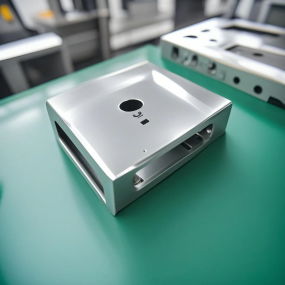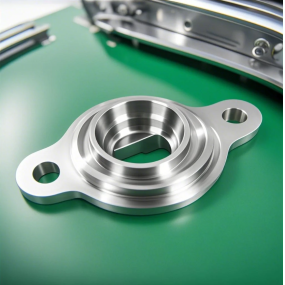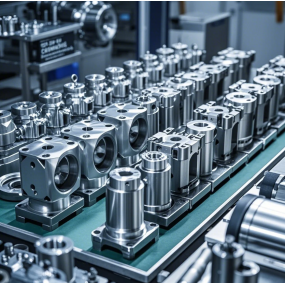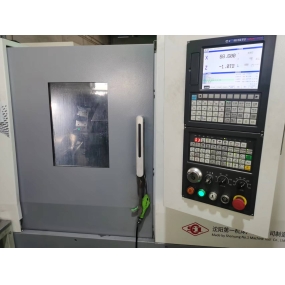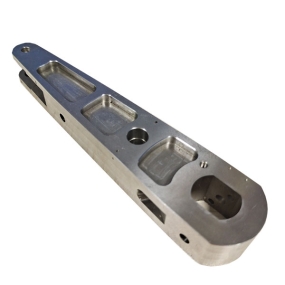When designing sheet metal shells, there are some key points that need to be noted to ensure that the designed product meets functional requirements and has a beautiful appearance. The following are several aspects that need to be noted in the design process of sheet metal shells:
1. Material selection: Choose suitable sheet metal materials based on product requirements, such as stainless steel, carbon steel, aluminum alloy, etc. Consider factors such as the mechanical properties of the material, surface treatment requirements, and cost.
2. Determine thickness: Select the appropriate sheet metal thickness based on the load and strength requirements that the product can withstand. Thin or thick sheet metal materials can affect the performance and service life of the product.
3. Determine size and shape: Design the size and shape of the sheet metal according to the actual needs of the product. Consider factors such as the appearance, structural characteristics, and usage environment of the product.
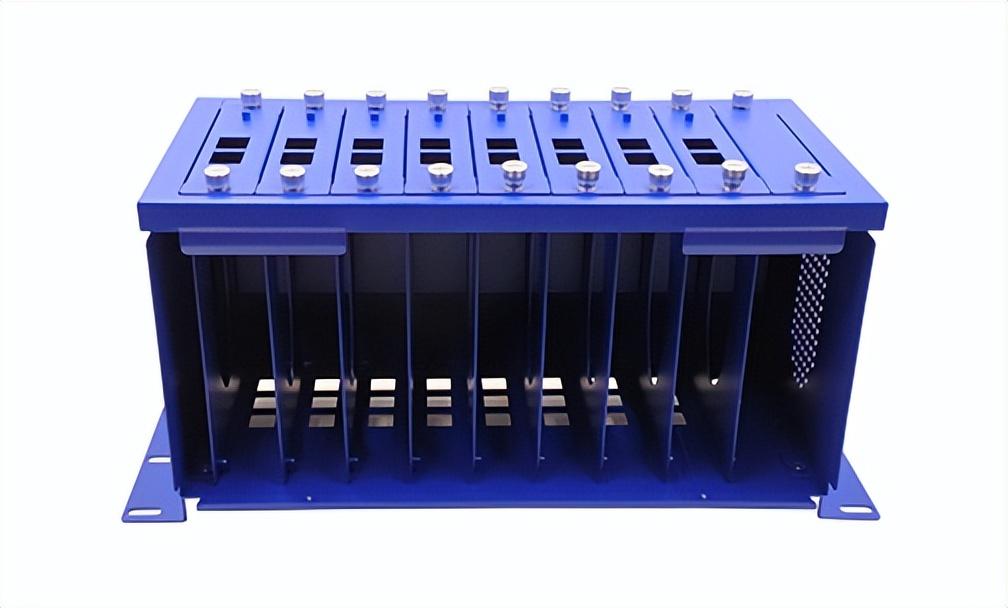
Manufacturer of chassis and cabinet
4. Structural design: In sheet metal shell design, structural design is a very important part. It is necessary to consider the structural strength, heat dissipation performance, electromagnetic shielding, and other aspects of the product to ensure its stability and safety during use.
5. Reserved installation holes and interfaces: When designing sheet metal shells, sufficient space and position need to be reserved for product installation and interfaces. For example, power interfaces, signal interfaces, heat dissipation holes, etc. all need to be considered in the design.
6. Design verification: After completing the design, it is necessary to verify the rationality and feasibility of the design. Simulation analysis tools or actual sample production can be used for verification.
7. Consider processing technology: Based on the selected materials and dimensions, choose the appropriate processing technology, such as cutting, bending, drilling, welding, etc. Different processing techniques will have an impact on the shape and size of sheet metal shells, and the selection needs to be based on the actual situation.
8. Surface treatment: Choose the appropriate surface treatment method according to the product requirements, such as spraying, electroplating, oxidation, etc. Surface treatment can improve the corrosion resistance and aesthetics of products.
In summary, when designing sheet metal shells, it is necessary to comprehensively consider materials, dimensions, shapes, processing techniques, surface treatment, structural design, and verification to ensure that the designed product meets functional requirements and has a beautiful appearance.


 Spanish
Spanish Arabic
Arabic French
French Portuguese
Portuguese Belarusian
Belarusian Japanese
Japanese Russian
Russian Malay
Malay Icelandic
Icelandic Bulgarian
Bulgarian Azerbaijani
Azerbaijani Estonian
Estonian Irish
Irish Polish
Polish Persian
Persian Boolean
Boolean Danish
Danish German
German Filipino
Filipino Finnish
Finnish Korean
Korean Dutch
Dutch Galician
Galician Catalan
Catalan Czech
Czech Croatian
Croatian Latin
Latin Latvian
Latvian Romanian
Romanian Maltese
Maltese Macedonian
Macedonian Norwegian
Norwegian Swedish
Swedish Serbian
Serbian Slovak
Slovak Slovenian
Slovenian Swahili
Swahili Thai
Thai Turkish
Turkish Welsh
Welsh Urdu
Urdu Ukrainian
Ukrainian Greek
Greek Hungarian
Hungarian Italian
Italian Yiddish
Yiddish Indonesian
Indonesian Vietnamese
Vietnamese Haitian Creole
Haitian Creole Spanish Basque
Spanish Basque


